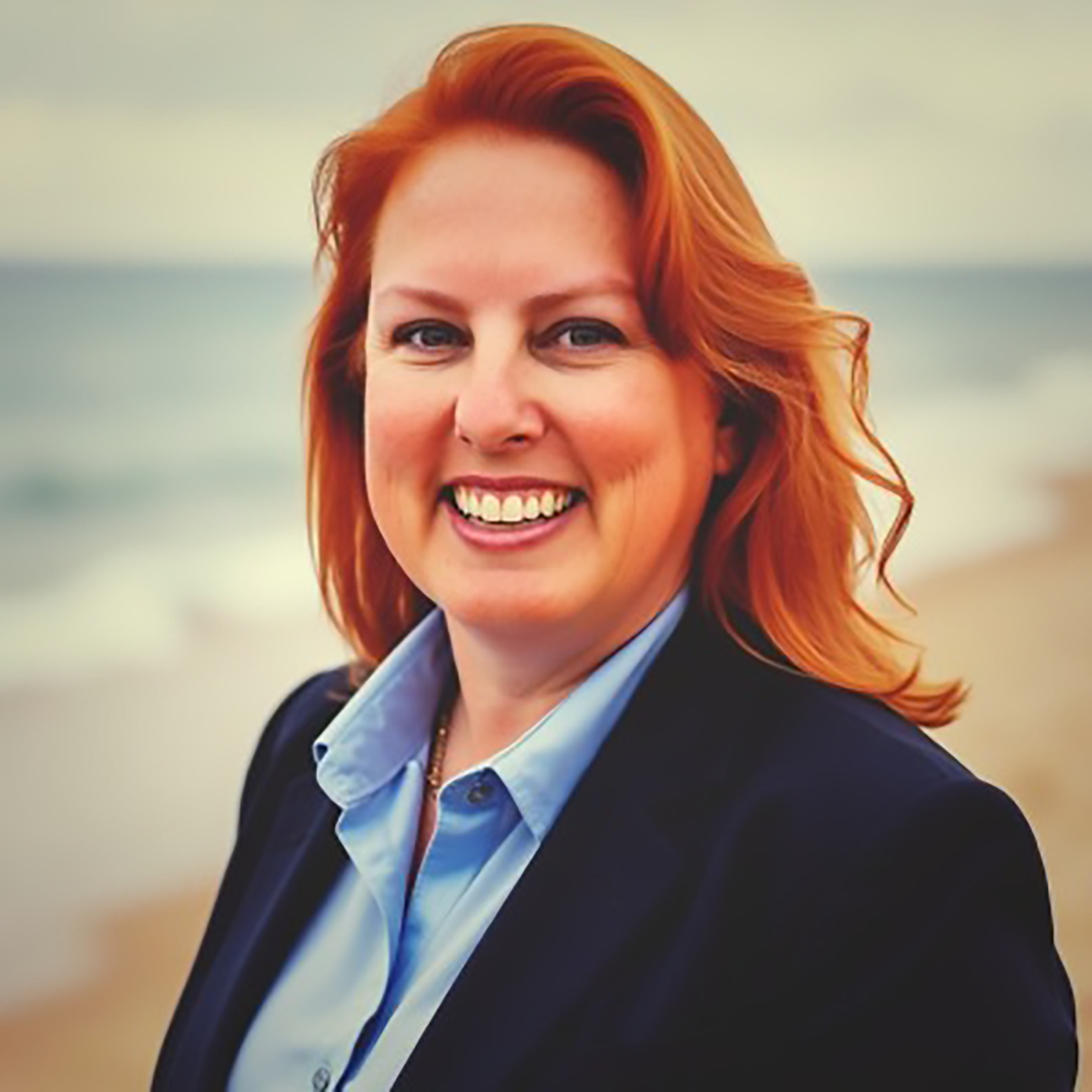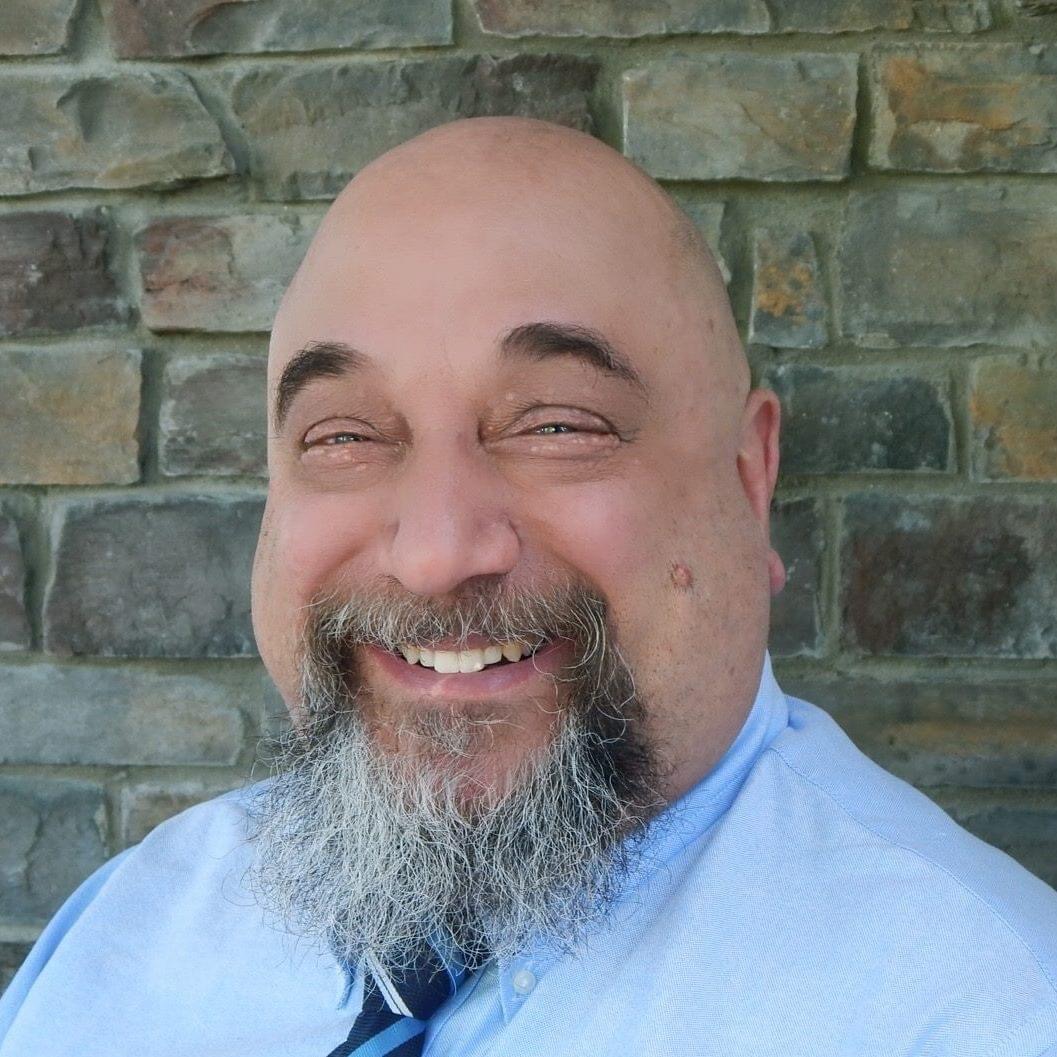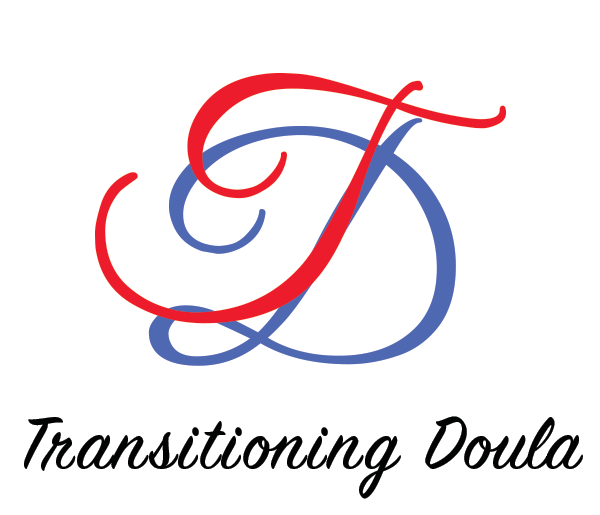Grief and Justice: Who Gets to Be Mourned?

Not every death is treated equally.
Some lives are headline news.
Others disappear without a line.
As a funeral director, I’ve seen both kinds of grief, the ones that bring cameras and casseroles, and the ones that pass unnoticed, with no public acknowledgment at all.
And it’s taught me something hard but necessary: even in death, privilege persists.
The Hierarchy of Worthiness
When someone dies, our response as a society often depends on who they were, where they lived, and how they died.
We mourn some deaths collectively; celebrities, heroes, victims of certain kinds of tragedy.
But other deaths are met with silence.
When a white child goes missing, it’s national news.
When a Black woman is murdered, her name may never trend.
When a police officer dies in the line of duty, there’s a procession down Main Street.
When a person experiencing homelessness dies under an overpass, there’s barely a mention.
This isn’t about who deserves to be mourned.
It’s about who we choose to see.
Our public rituals, news coverage, memorials, and candlelight vigils reflect our collective values.
And right now, they reveal a painful truth: grief follows power.
Whose Grief Is Visible
The visibility of grief depends on access to media, resources, community infrastructure, and people who will hold up your story.
Families with means can publish lengthy obituaries, commission artwork, and organize memorial foundations.
Communities with voice can mobilize public mourning: murals, hashtags, marches.
But when grief happens in the margins, it often stays there.
I’ve served many families who couldn’t afford an obituary.
I’ve worked with cases where no one came forward to claim the remains.
I’ve coordinated services where the only attendees were staff and one distant relative on speakerphone.
Those moments stay with you.
They force you to ask: What makes one life more grievable than another?
The Media’s Hand in Memory
Every obituary, every headline, every soundbite is a form of storytelling.
And storytelling shapes memory.
When the media humanizes a victim by showing childhood photos, interviewing loved ones, and recounting achievements, we are invited to empathize.
When coverage focuses on crime statistics or mugshots, that empathy collapses.
How we tell stories about death defines how we remember the dead.
It also influences policy, funding, and public will.
Think about how public outrage moves mountains when the right story reaches the right ears.
Now imagine the silence when it doesn’t.
The Erasure of the Unseen
There’s an unspoken rule in our culture: some griefs are “private.”
But private often means “invisible.”
The deaths of people who are incarcerated, unhoused, undocumented, addicted, or mentally ill are rarely acknowledged publicly.
Yet those losses ripple through families and communities just the same.
I once cared for a man who had no obituary, no service, no family contact.
His file was thin, consisting of a few forms and a single signature from the coroner.
We handled his cremation, and when I picked up the phone to call the county office, the clerk said, “He’ll be placed in the common grave.”
That was it.
No nameplate, no marker, no ceremony.
And still, I found myself whispering his name before sealing the container.
Because even if no one else mourned him, someone should.
Every person deserves the dignity of being remembered.
Historical Patterns of Erasure
This inequality in mourning isn’t new; it’s centuries old.
Indigenous remains were displayed in museums while colonizers were given monuments. Enslaved people were buried in unmarked fields while plantation owners built family mausoleums. LGBTQ+ people lost to AIDS without eulogies while governments looked away. Mass graves of migrants were discovered long after news cycles moved on.
The pattern repeats: whose deaths we acknowledge tells the story of whose lives we valued.
When entire communities are denied ritual, remembrance, and public mourning, it’s not just loss; it’s erasure.
And erasure is violence.
The Cost of Selective Mourning
Selective mourning does more than wound; it shapes culture.
When we collectively grieve certain lives and ignore others, we reinforce the belief that worth is conditional.
We begin to see empathy as a privilege instead of a human reflex.
We grow numb to loss that doesn’t resemble our own.
We forget that grief is supposed to unite us, not divide us.
Grief is an equalizer in theory, but not in practice.
Because how we grieve, who we grieve, depends on who we think deserves to be loved out loud.
And that’s where justice begins or ends.
Grief as Activism
Public mourning has always been political.
Funerals have started revolutions.
From Emmett Till to George Floyd, from Matthew Shepard to Tyre Nichols, grief has become protest, witness, and call to action.
Those ceremonies were not only acts of remembrance, they were acts of resistance.
They demanded that the world not look away.
There’s power in collective grief.
It transforms sorrow into solidarity, pain into movement.
It reminds us that remembrance is not passive; it’s participatory.
Every time we say a name that others have forgotten, we restore a piece of humanity.
The Funeral Director’s Dilemma
As a funeral director, I occupy an odd space between the personal and the political.
I’m not supposed to editorialize, but I live inside the systems that decide who gets care, visibility, and ritual.
I’ve seen the disparity firsthand:
-
Who can afford a private room for an extended wake and family time, and who gets a 15-minute identification viewing.
-
Who can pay for full obituary text and who does nothing public at all to stay within budget.
-
Who gets flowers, photo boards, and tribute videos—and who gets a death certificate mailed in a plain envelope.
These aren’t always choices.
They’re reflections of access.
And each time I hand over ashes in silence, I think about how dignity shouldn’t depend on dollars.
We talk a lot in this profession about “serving everyone the same.”
But equality without equity still leaves too many behind.
Community Mourning: A Radical Act
One of the most powerful things we can do is expand the circle of remembrance.
Hold vigils for people who die alone.
Support mutual aid efforts that cover funeral costs.
Say the names of those whose stories never made the news.
Show up when the world doesn’t.
Every act of public mourning is a small rebellion against indifference.
We can build a culture where grief isn’t transactional.
Where mourning doesn’t require a press release or a platform.
Where every loss is acknowledged as part of our shared humanity.
Because grief, at its best, is communal.
It’s how we remember that we belong to one another.
Collective Memory and Moral Imagination
The stories we tell about death shape our collective moral compass.
They determine how future generations understand justice, compassion, and responsibility.
When we honor only certain kinds of lives, we limit the imagination of empathy.
But when we tell the whole truth about every person, every loss, and every system that failed them, we create the possibility for collective healing.
Justice begins in remembrance.
If we can learn to grieve fully and equally, maybe we can learn to live that way too.
A Different Kind of Legacy
There’s a line I often use with families:
“Grief is love that still wants somewhere to go.”
But love can also be a form of justice that still wants a chance to act.
When we decide who gets to be mourned, we decide whose lives get to matter in our shared memory. When we include the forgotten, the nameless, the invisible, we start to build a more honest story of who we are.
It’s not about guilt. It’s about recognition.
It’s about refusing to let anyone’s story end in silence.
Because no matter where someone lived, how they died, or what label society placed on them, every human life carries the same weight of sacredness.
An Invitation
Pause the next time a tragedy dominates the news.
Notice who’s missing from the coverage.
Ask who’s not being mourned.
Then find one name that wasn’t mentioned, one story that didn’t trend, one life that slipped through the cracks, and say it out loud.
Even quietly. Even to yourself.
That’s where justice begins.
That’s where grief becomes an act of love.
Marc D Malamud
Transitioning Doula

{UNSUB}


